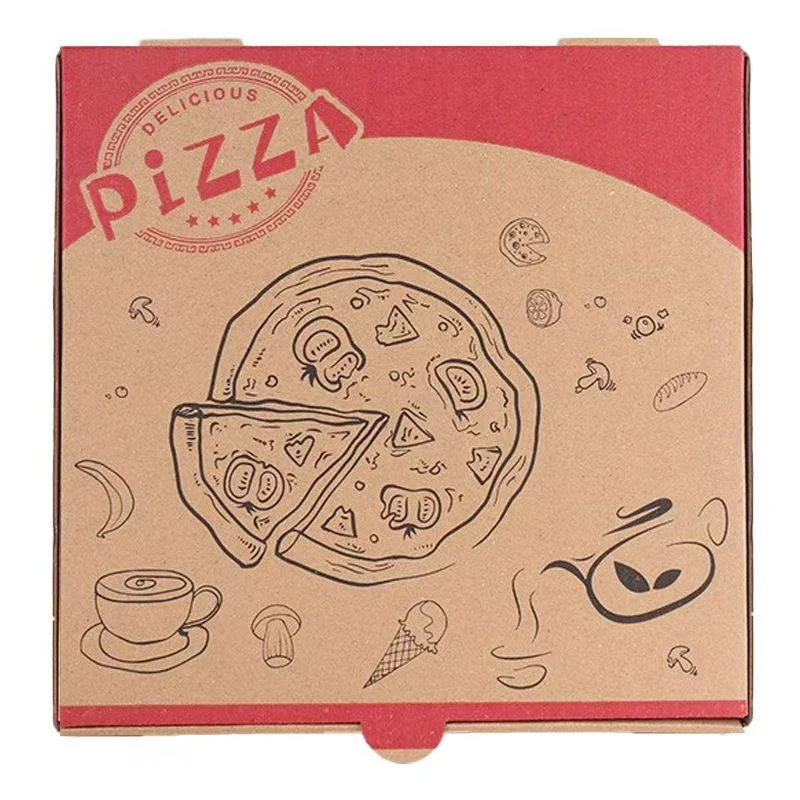Burger Packaging An Essential Element in the Fast-Food Industry
In the fast-paced world of the fast-food industry, burger packaging plays a pivotal role that extends beyond mere convenience. As consumers increasingly prioritize sustainability, safety, and brand identity, the packaging used for burgers has evolved dramatically over the years. This article will explore the different facets of burger packaging, including material choices, design innovations, environmental considerations, and the impact on consumer behavior.
The Importance of Material Choices
One of the primary concerns in burger packaging is the choice of materials. Traditionally, materials like Styrofoam, plastic, and paper were commonplace. However, with the global shift towards sustainability, many fast-food chains and burger joints have begun exploring eco-friendly options. Biodegradable materials, compostable packaging, and recyclable containers are now at the forefront of many brands’ packaging strategies. For example, some companies have started using plant-based plastics that decompose more quickly than traditional plastics, thus reducing their carbon footprint.
Moreover, the material used in packaging has a significant impact on the quality and safety of the food. Good packaging serves as a barrier to moisture and bacteria, preserving the integrity of the burger and maintaining its taste and freshness. The use of materials such as wax-lined paper or specialized clamshell containers can not only keep the burger intact but also enhance the customer’s experience.
Design Innovations
In the competitive fast-food landscape, packaging design serves as a crucial marketing tool. Burger packaging is no longer just about containing the food; it has become a canvas for branding and creativity. Innovative designs can attract customers, improve their overall experience, and promote brand loyalty.
Fast-food chains have been known to employ eye-catching colors, unique shapes, and clever branding on their packaging. For instance, McDonald’s iconic red and yellow packaging is instantly recognizable and synonymous with the brand. Similarly, many smaller burger establishments are utilizing custom designs to embody their unique brand identity, often reflecting local culture or culinary themes. These design elements not only serve aesthetic purposes but also enhance the functionality of the packaging, making it easier for customers to consume their meals on the go.
burger packaging

Environmental Considerations
The imperative for sustainable packaging solutions has become more pronounced in recent years. With growing awareness surrounding environmental issues, consumers are increasingly holding brands accountable for their packaging choices. Many burger chains are now aiming to reduce their waste footprint by implementing initiatives like “zero waste” packaging systems or utilizing biodegradable materials.
This shift towards sustainability isn’t purely an altruistic endeavor; it also resonates with consumer preferences. Studies have indicated that modern consumers, particularly millennials and Gen Z, are more inclined to support businesses that demonstrate a commitment to environmental responsibility. Brands that utilize eco-friendly packaging can differentiate themselves in a crowded market, attracting more conscientious consumers who appreciate these efforts.
Consumer Behavior and Experience
The packaging of a burger also influences consumer behavior and experience in significant ways. For many, the first point of contact with a brand is the packaging, setting the tone for their overall experience. Well-designed packaging can create excitement and anticipation, encouraging customers to share their experiences on social media platforms.
Additionally, packaging that is user-friendly—easy to open, resealable, and mess-free—can significantly enhance the consumption experience. For instance, packaging that allows customers to easily access their food without spillage is highly valued in a fast-paced environment.
Conclusion
In summary, burger packaging is an integral aspect of the fast-food industry that encompasses material choices, design innovations, environmental considerations, and consumer engagement. As consumer preferences continue to evolve, the demand for sustainable, functional, and visually appealing packaging will only grow. In a sector where competition is fierce, brands that prioritize thoughtful packaging strategies will likely stand out and foster greater connections with their customers. In a way, every burger package tells a story—a story of innovation, responsibility, and the delicious journey from kitchen to consumer.



